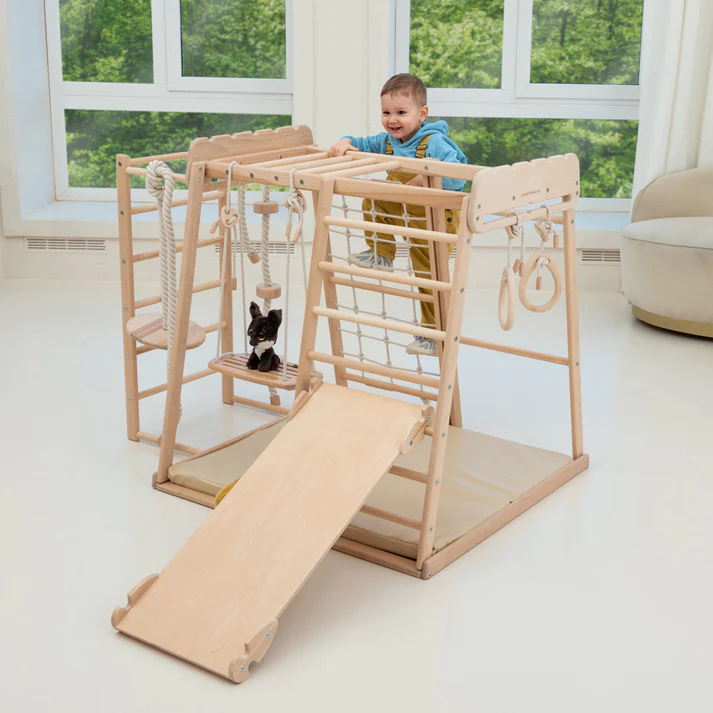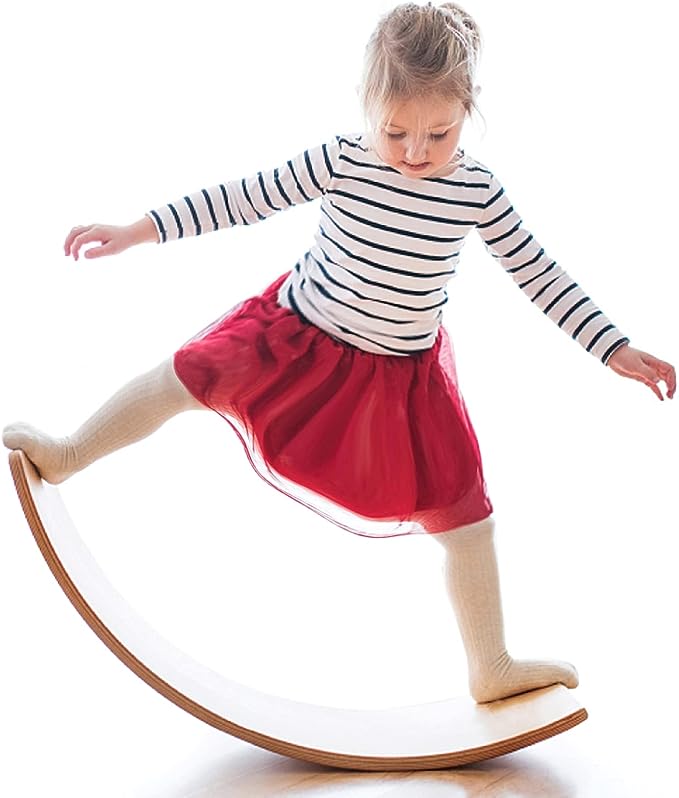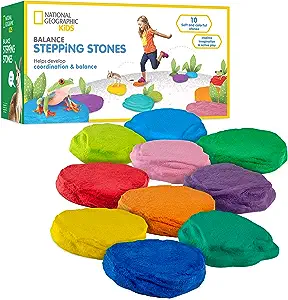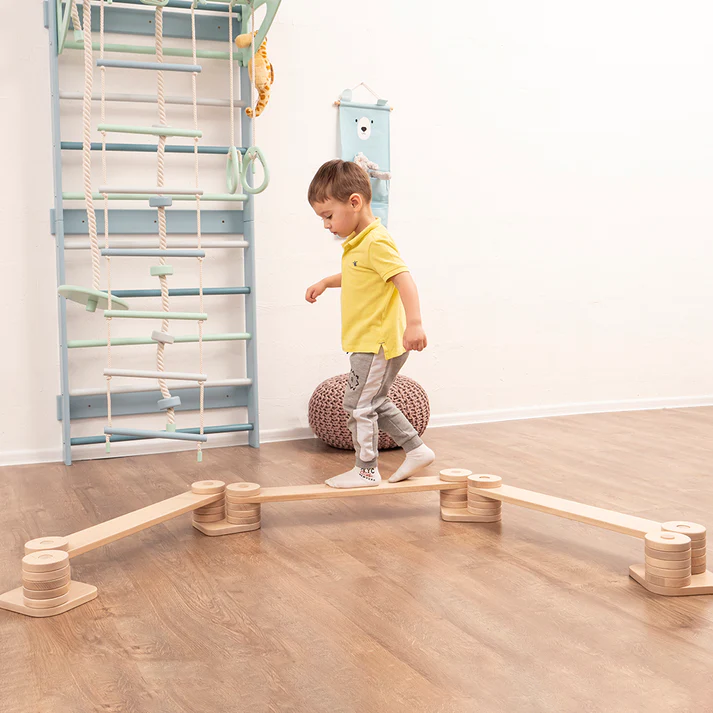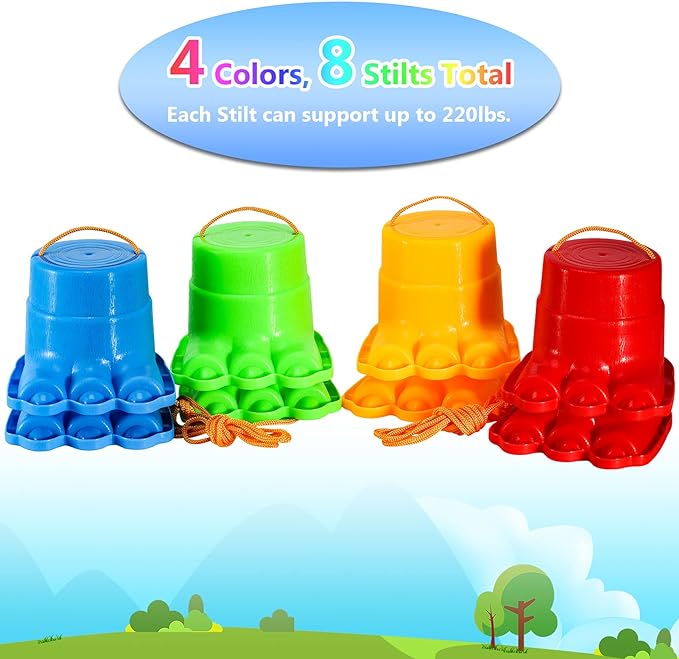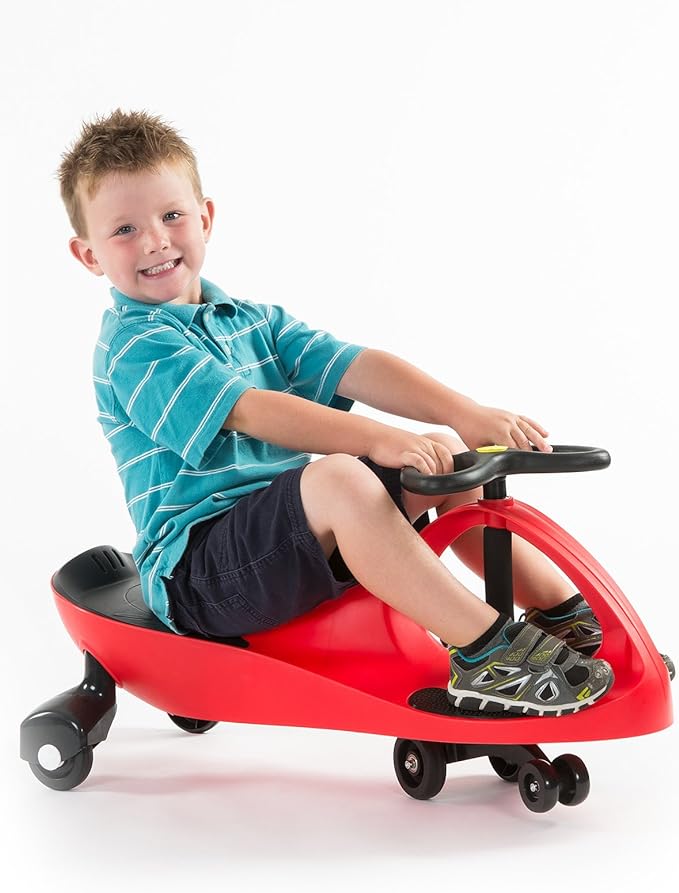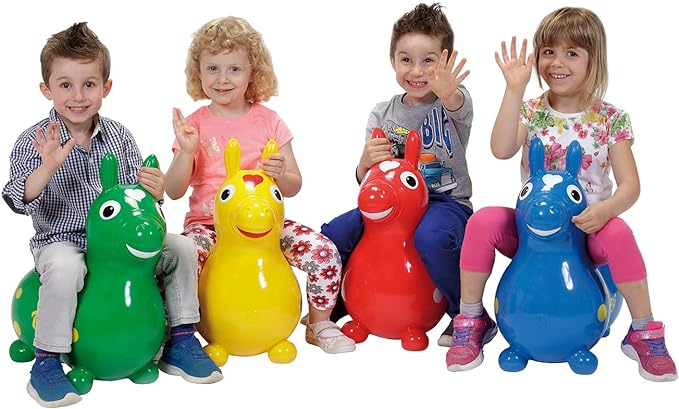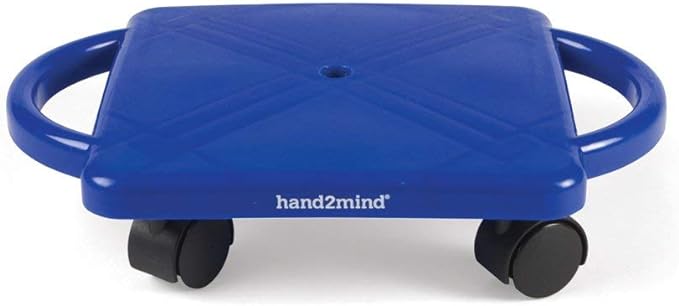Balance Toys For Kids – 10 Of The Best
In This Article
I’m always on the lookout for exciting new ways to transform my children’s playtime into something more than just fun. Lately, I’ve become completely captivated by balance toys – My boys love them. Picture this: a toy that not only keeps your child happy but also plays a crucial role in their growth and development. It’s like hitting the jackpot of playtime! Intrigued? Let’s dive in and explore the wonderful world of balance toys for kids together!
The Importance of Balance Toys for Kids
Balance toys can play a pivotal role in early childhood development. But, how so?
Building Strong Bodies Through Play
Balance toys offer a lot more than just fun. They are a fantastic way for kids to build physical strength and coordination and also honing their gross motor skills. They help develop core muscles, improve posture, and enhance overall stability.
Whether it’s a wobble board, balance bike, or a climbing gym. Kids engage their muscles in ways that traditional toys simply can’t. It’s like a mini workout session disguised as play!
Boosting Cognitive Development
Were you aware that balance toys can also serve as a mental exercise for your child? Activities requiring balance stimulate different areas of the brain, thereby enhancing focus, attentiveness, and spatial awareness By doing balance challenges, kids learn to assess risks, make quick decisions, and solve problems creatively. It’s like giving their brain a supercharged boost while they have a blast!
Encouraging Independence and Confidence
One of the most rewarding aspects of balance toys is watching your kiddos gain independence and confidence. As they master new skills and overcome challenges, they develop a sense of accomplishment and self-assurance. Whether it’s balancing on a beam or riding a bike, they help kids to believe in their abilities and push their limits. It’s a confidence-building journey wrapped in fun!
Social Skills and Teamwork
Balance toys also offer a wonderful opportunity for social interaction and teamwork. Kids can engage in friendly competitions, work together to create obstacle courses, or simply cheer each other on. These activities foster communication, cooperation, and empathy, helping children develop essential social skills. Plus, it’s a great way to make new friends and strengthen existing bonds.
Endless Fun and Creativity
One of the best things about balance toys for kids is their versatility and the endless fun they offer. Kids can invent new games, create imaginative scenarios, and challenge themselves in different ways every time they play. From playing floor is lava on stepping stones to pretending they’re tightrope walkers in a circus. The possibilities are as limitless as their imaginations.
Top Balance Toys for Kids
So, now we have espebalished the benefits that balance toys for kids provide, which ones should you consider buying? Here’s my list of the best and most beneficial ones for child development:
Play Gym’s
Experience the perfect blend of Montessori principles and boundless fun with this indoor jungle gym for kids. Nurture their independence, creativity, and physical abilities as they explore a world of imaginative play and active learning.
Its versatile design offers endless play possibilities. It is very much Montessori-inspired to aid in both physical and mental development.
Wobble Boards
The simplicity of wobble boards is their power. A curved wooden platform that rocks from side to side helps build core strength and stability. They’re a great option for a broad range of ages and developmental stages.
Stepping Stones
These are colorful, rubbery stones of different sizes that children can arrange and hop from one to the other. They’re an engaging way to improve coordination and balance, and they allow for plenty of creative play scenarios.
Balance Beams
An oldie but a goodie, balance beams have been around for ages and are still very effective. They offer a safe and enjoyable space for kiddos to aid their gross motor development.
This balance beam is a specially crafted, sturdy platform made from high-class polished birch plywood. It will help to promote physical coordination and balance skills.
Balance Bikes
This is by far one of the best toys for balance around and my favourite. With no pedals, a balance bike encourages kids to use their feet to move around. It’s a great way to build muscle and a fun way to prepare for a two-wheeler bike.
My children made the transition to a pedal bike with no problems after using a balance bike.
Pogo Jumper
Foam-based pogo sticks are a safer and updated version of the traditional ones. They help improve balance and coordination while being a lot of fun
They are also versatile for both indoor and outdoor use and are suitable for children with additional needs, aiding in their motor skill development.
Monster Feet
A variation on stilts for younger kids. These plastic mini monster feet encourage gross motor skills, balance, exercise, and creative play.
With anti-slip bottom and top textures, never worry about your child falling. These balancing stilts come with a monster feet design, and length-adjustable rope.
Plasma Car
A unique self propelled ride-on toy that utilizes balance, coordination, and body strength.
By simply turning the wheel back and forth, the car moves forward, encouraging your child’s coordination and motor skills
Rody Horse
This inflatable horse promotes balance and co-ordination. Children bounce on Rody by holding the ears and controlling the movement using their core strength.
It is also an excellent toy for developing gross motor skills in children
Scooter Board
A board with caster wheels that children can sit or lie on and propel themselves using their hands or feet. A scooter board Is fun and promotes upper body strength and balance
Factors to Consider When Choosing Balance Toys For Kids
Remember, when choosing a balance toy, consider the child’s age, interests, and developmental stage. The toy should be safe, engaging, and challenging enough to keep them interested. Keep these following things in mind:
Your Childs Age: Each balance toy is designed with a specific age range in mind. Make sure to choose one that matches your child’s age and developmental stage. A toy too advanced can be frustrating, while one too simple might not hold their interest.
Safety Features: Safety is important. Look for toys with non slip surfaces, rounded edges, and sturdy materials. Avoid toys with small parts that can be a choking hazard for younger children.
Durability and Quality: Balance toys for kids should be able to handle some rough and tumble play. Opt for toys made from high quality, durable materials that will not easily break or wear out.
Fun Factor: Last but not least, remember that a toy should engage and entertain your child. If they don’t find it fun, they won’t use it. Look for bright colors, interesting shapes, or additional features that will catch your child’s attention.
Closing Thoughts From Me
Balance toys are in my opinion, are a treasure trove of developmental benefits. They’re fun, engaging, and contribute significantly to both physical and cognitive growth. Adding a few to your playroom could spark a world of difference in your child’s development. It’s time to strike the balance and make play-time a stepping stone for growth!
FAQs
Can you use balance toys indoors and outdoors? Absolutely! Most have been designed to be suitable for both indoor and outdoor use.
Are balance toys ok for children with additional needs? Yes, they are great for kids with additional needs, especially those working on motor skill development.
Can balance toys be used by adults? Definitely! They’re an excellent way to improve balance, core strength, and coordination in adults as well as children.
What’s the appropriate age for children to start using balance toys? While each child is different, generally, children can start using them as soon as they’re confidently walking. Always ensure the toy is age appropriate.
Are balance toys safe? Yes, they are generally safe if used properly and if they’re age-appropriate. Always supervise play, especially with younger children, to ensure safety.


